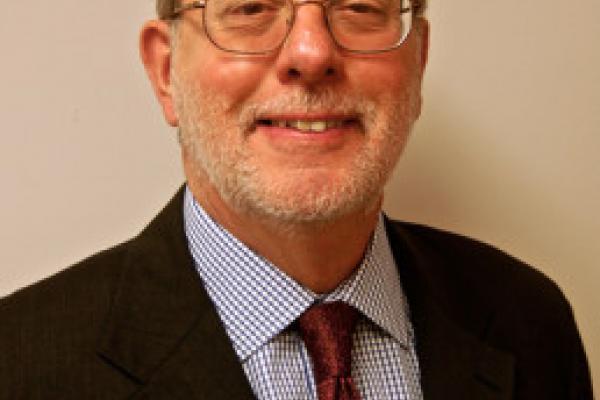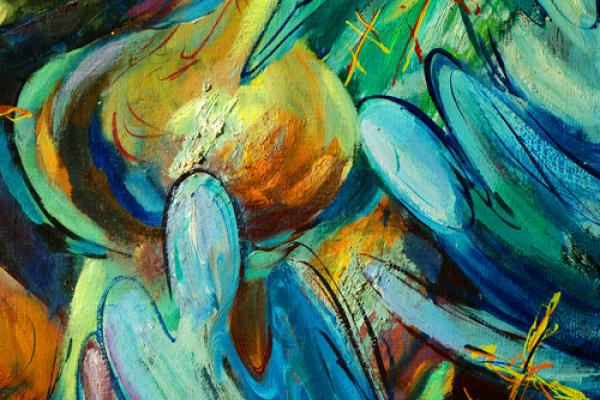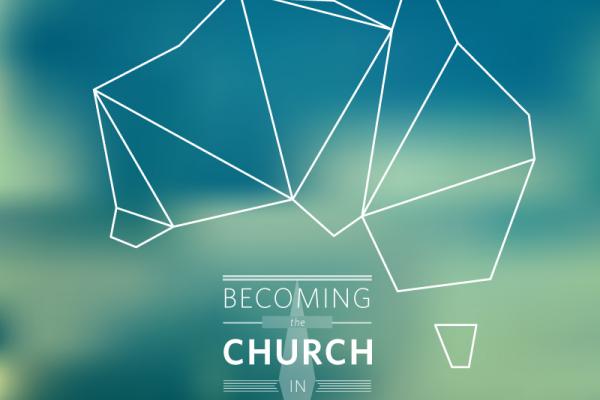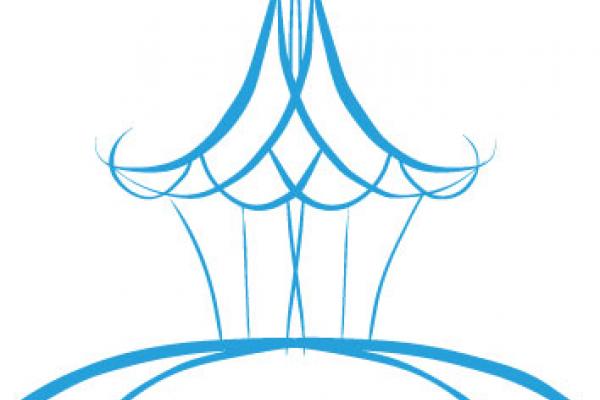I was dismayed when I learned that Mozilla Foundation, maker of the Firefox Web browser, had named an anti-gay activist as its new chief executive officer.
Brendan Eich wasn’t a hard-core activist. He had donated $1,000 in 2008 to a California campaign to ban same-sex marriage.
Even so, his ethical stance struck me as unfortunate. Mozilla’s naming him CEO struck me as tone-deaf. And his refusal to discuss his views seemed too aloof for a high-visibility enterprise like Mozilla.
I didn’t join the crowd demanding his resignation. I did the one thing I could do: I stopped using the Firefox browser.
On the second Sunday of Lent, John Hendrix sits in one of the pews near the back of Grace and Peace Fellowship, a Presbyterian church with stained glass in green and orange, and a giant, organ pipe front and center.
Casually decked in a striped, button-down shirt and jeans, he looks like any other member of the hip and young crowd. With his wife, Andrea, and his two children, Jack, 8, and Annie, 5, Hendrix stands and sings and partakes of gluten-free communion.
But as soon as the sermon starts, Hendrix sets himself apart, whipping out his sketchbook and pens to draw the pastor’s sermon.
Here’s a crash course to understand what’s happening in Australia with refugees and the politics of Jesus.
Imagine for a moment that in the lead up to the next U.S. elections, a political party changed immigration policies and took the relatively small number of people seeking safety on boats from, let’s say Cuba, and locked these persecuted people up on Guantanamo like criminals — elderly, men, women, and over 1,000 children. You would expect outcry from people across the political spectrum. Indeed there was. Only the fear campaign was so effective, the blame game so seductive and the election win so decisive, that the majority of politicians on all sides sacrificed their principles on the altar of popularity. Not to mention these desperate people — tired, poor, huddled masses yearning to breathe free — … these now homeless who were literally tempest-tossed on boats sacrificed on this bloody idol of false security. Of course behind closed doors, elected officials will confess to you, as a Christian, that they personally find it abhorrent but for the sake of the party and all the good they could do when they get into power they rationalize with the logic of Caiaphas and get the same results: the sacrifice of the innocent.
Sound too far-fetched? This is the recent history of Australia. Thanks, Paul Dyson, for the Cuba analogy.
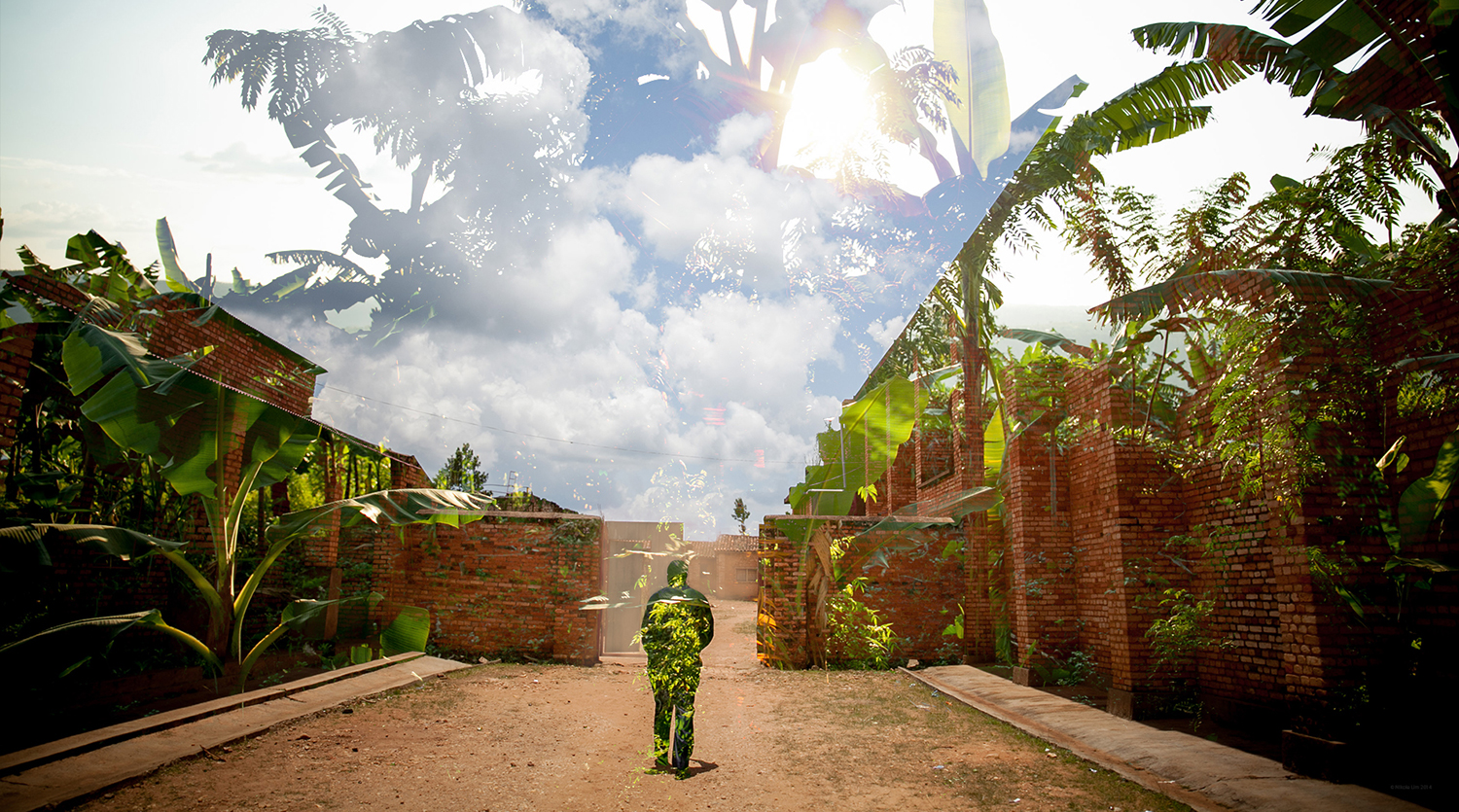
Conversations in the car are intense. Colonization, spirituality, politics and utter brutality, violence and betrayal — all incomprehensible factors that led up to genocide. Our conversations are set to the backdrop of thousands of lush hills and thousands of massive graves concealing bones — bones of innocent men, women, and children whose only crime was being born Tutsi. The coexistence of Rwanda’s brutal history and scenic beauty is surreal.
No matter how many questions I ask, how many stories I listen to, how many fragments of bones I see, I don’t think I’ll ever be able to understand how in just one hundred days, close to one million people were slaughtered as if they had no worth. Identifying with these stories of gross atrocity seems impossible.
“I don’t really call myself a survivor because when the one hundred days of genocide began, I was in Uganda. Even though I came back to Rwanda in the middle of the killings, I was never in an area controlled by the militia. Yes, it was risky to return to Rwanda at that time and I remember two occasions where I got very close to being killed—but my story isn’t as significant as others we will be seeing. For example, my wife’s—she survived, but barely. She doesn’t talk about it.”
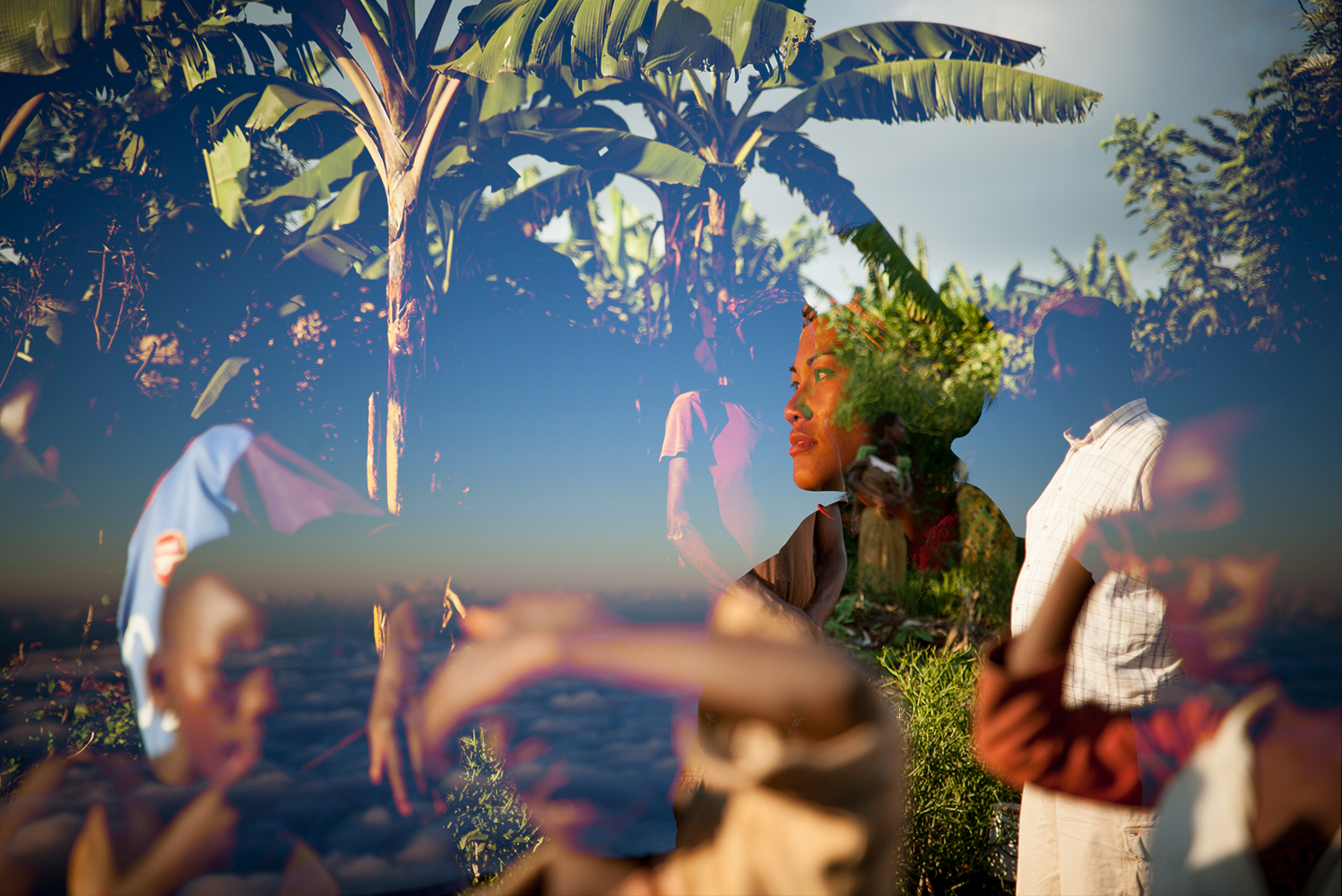
I was a reluctant artist, self-doubting leader and a broken soul.
I was in search of healing.
After a series of traumatic experiences that culminated with my hospitalization in Zambia, I went on a sabbatical in search of courage, tenacity, and renewal to continue in my vocation. It was early 2014, and we were entering into the year commemorating 20 years since the genocide in Rwanda. During this time, my mentors were leading a pilgrimage to Uganda and Rwanda to journey through places of immense pain and tremendous hope as a means to engage in the pain and hope in one’s active life. Because of my closely related work in Africa, I didn’t want to go — I knew I would have to intentionally delve into the hellish reality of a violent massacre I knew very little of. Simultaneously, I knew that by stepping into the pain, I would find the hope I was so desperately searching for. And so, together with eight other pilgrims, I went. We journeyed alongside of survivors and perpetrators of genocide as an attempt to identify in the incomprehensible pain that oppresses us all. It was through this experience that healing came in a profound way.
Last May, a family in our church offered the use of their garage and driveway for a weekend yard sale. Their entire suburb holds a three-day sale, and our youth group participated to raise some money.
Rain and heat were in the weekend forecast, so church members offered to let us use their collapsible tents as shelter for the clothing and glassware, bicycles, and bobbleheads that had been donated for sale. You’ve probably seen such tents. They somehow fit into small carrying pouches — thank God for engineers! — and unfold into spacious tents.
It took six of us to stretch each tent all the way open. Each of us grabbed a leg and started pulling until the metal frame finally snapped into place and locked. The toughest part was getting the frame to expand that last inch or so to make it lock.
By the time we had all of the tents assembled, we were soaked with sweat. Stretching a tent to its limit is hard work!
It’s also a popular metaphor these days.
